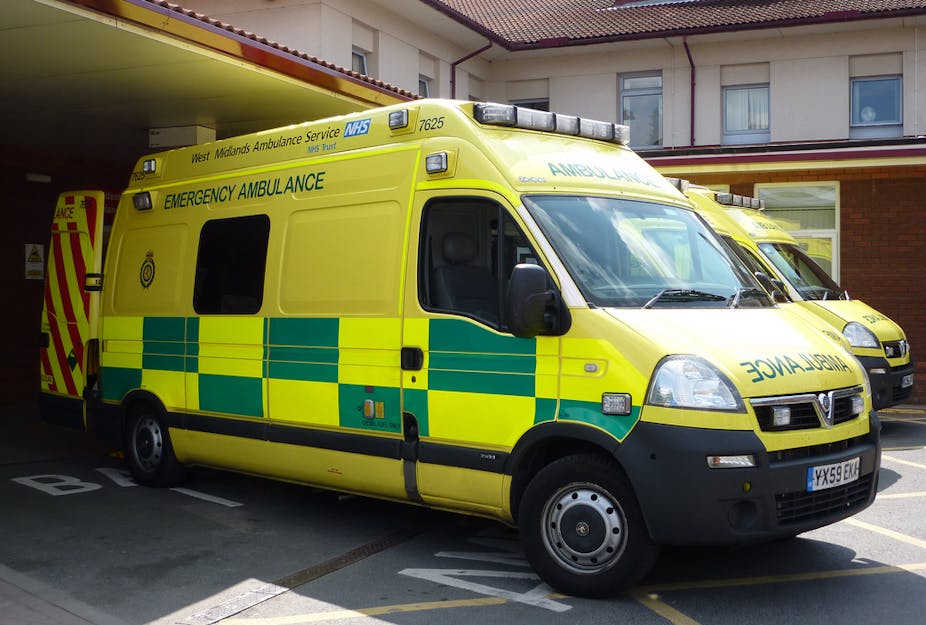New research linking less access to GPs and higher demand in Accident and Emergency (A&E) departments could ignite the row over the A&E crisis.
The number of people visiting A&E in England rose to more than 18m in the 12 months from February 2012 to January 2013 and waiting times in the first three months of this year were the highest in almost a decade. Hospitals leaders warned the system could collapse in six months without better planning.
There has also been a very public blame game. GPs and their 2004 service contract with the government have come under particular fire but GPs have strenuously resisted criticism.
But new analysis of A&E attendance figures from Imperial College, London, is likely to rattle GPs.
The research, led by Thomas Cowling from the university’s school of public health, compared information from the 2010-11 national GP Patient Survey and data from the Hospital Episodes Statistics, which records all A&E attendances in England.
The annual survey asks people about their experiences of GP practices in their local area. And in 2010-11, 2m patients answered questions including whether they had been able to see a GP within two weekdays when they had last tried, whether they had been able to book more than two weekdays in advance and whether it was easy to speak to a GP on the phone.
The analysis showed that the rate of visits to A&E where patients weren’t referred by a GP and were then discharged was higher where patients were less satisfied with their GP. A&E vists near GP practices that came in the top fifth for patients for access were 10% lower than those near the bottom fifth rated practices.
The findings have led the researchers to estimate that had the bottom-rated practices performed as well as those at the top, this would have resulted in more than 110,000 fewer A&E visits in a year.
“The survey gives annual available for each GP practice and all A&E attendances can be found in the Hospital Episodes Statistics,” Thomas Cowling, lead author of the research, said. “Hospitals and most A&Es are paid according to the HES and using that, we could count A&E attendances for each GP area.”
The analysis, published today in the Plos ONE journal, took into account factors that could influence the outcome, such as age and gender. It found deprivation was more strongly associated with A&E attendance rates than access to general practice but taking these factors into account “timely access to general practice services remained a significant predictor of self-referred discharged [emergency department] visits.”
“All discussion in the media that is being bandied around has mainly been political,” Cowling said. “This is the first reliable national evidence that shows an association between access to GP appointments and rates of A&E attendances in England.”
The study, which has taken over a year to compile, is the first to look at national data of this size. The researchers looked at data between April 2010 and March 2011, which included information from nearly 8,000 GP practices - nearly all in England. The researchers also used data from the Department for Transport to work out a GP registered population’s average travel time to the nearest hospital relative to their nearest GP using public transport and/or walking.
Attendances to A&E have been steadily rising over the past ten years, which also suggests other factors at play.
Suzanne Mason, Professor of Emergency Medicine at Sheffield University, said that while the study had looked at a very sizeable amount of data, it couldn’t definitively answer the question of whether patient access was a direct cause of a rise in A&E visits.
“They’ve found a whole host of significant factors. Deprivation is the strongest, which I would expect, and the rural/urban split.”
“They’ve looked at a whole load of routine data,” Mason said. “But the risk here is saying one thing causes another from two different sets of data. It’s quite different when a survey is done especially for this purpose. When doing the survey, for example, patients’ perceptions of accessibility - trying to get appointments - and memory of that may be their interpretation.”
Dr Clare Gerada, Chair of the Royal College of GPs, said the report was an important one which highlighted “that some patients may attend emergency departments because they are unable to access primary care services”, but said it showed that deprivation and living in an inner city area were “much more significant than GP access.”
She said it highlighted the need for more investment. “Our workload is ballooning and our patients are presenting with ever more complex and multiple conditions. We see over 1m patients every day and now routinely have well over 40 patient contacts per GP per day, sometimes going up to 60 and more - in the past this would have happened only in exceptional circumstances.
"We are only too well aware that access to GP services needs to improve in some areas but this report cannot become another excuse to unfairly blame us for pressures in the NHS. We are trying our best with very limited resources.”
NHS 111, the phone line that was supposed to direct non-emergency calls away from 999, has also come in for criticism over the A&E crisis - and even the number of women doctors in the NHS - but the health secretary Jeremy Hunt has called for GPs to be held “more accountable”, particularly for out-of-hours care. But GPs hit back at accusations that they were not working hard enough. Last month Dr Laurence Buckman, Chair of the British Medical Association’s GPs committee, which represents 40,000 UK GPs, accused Hunt of “spouting rubbish”.

